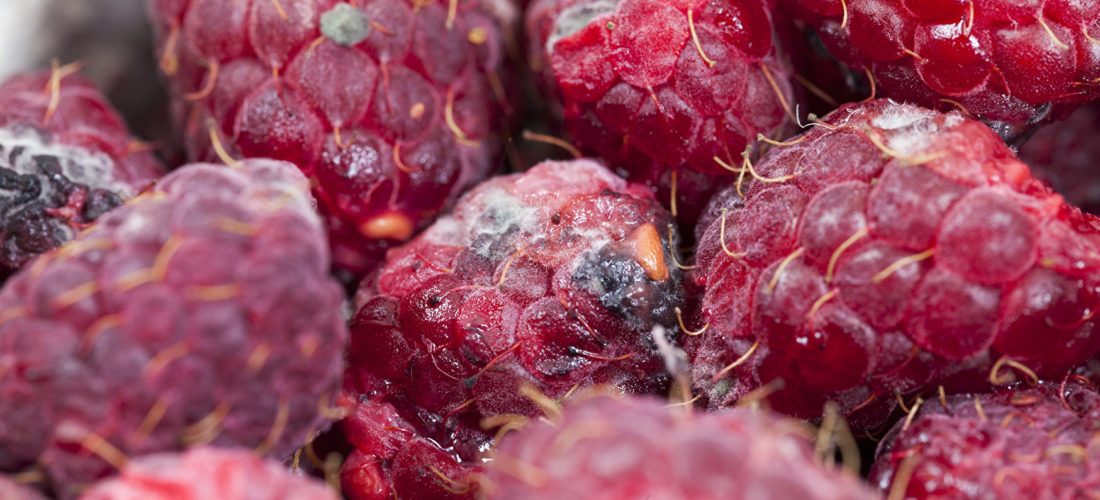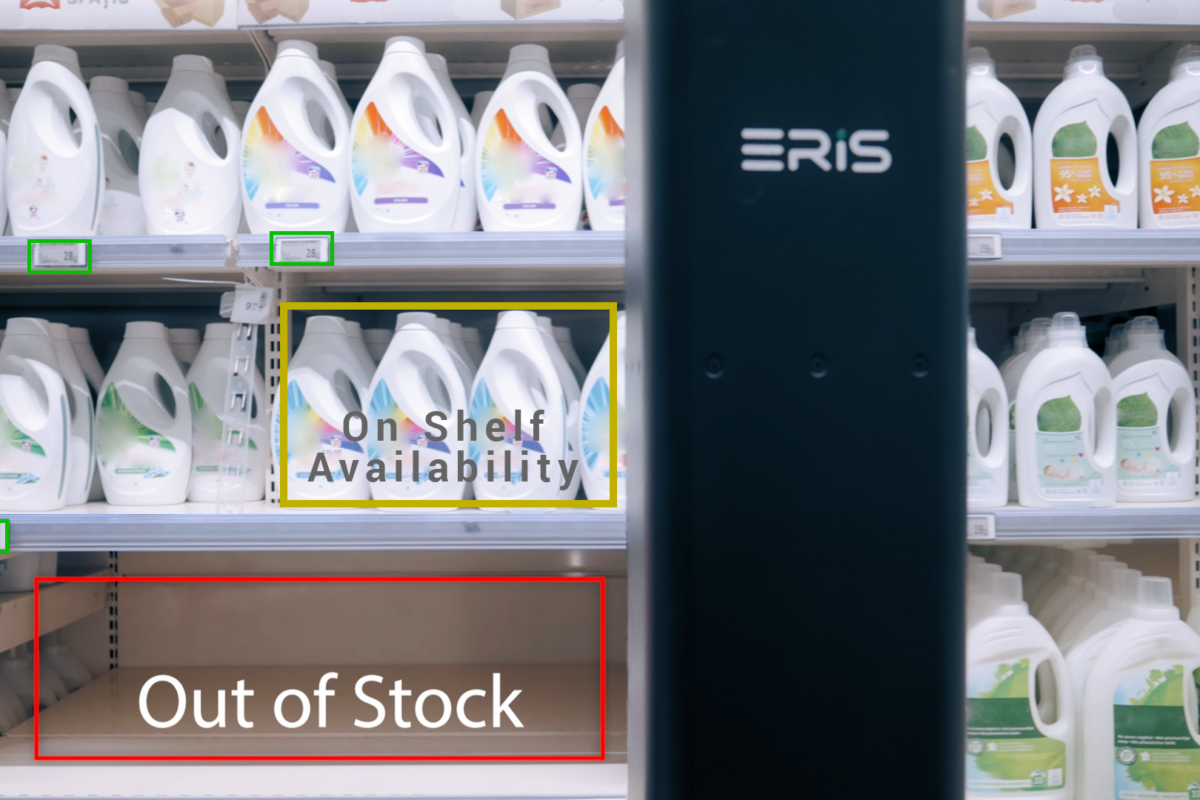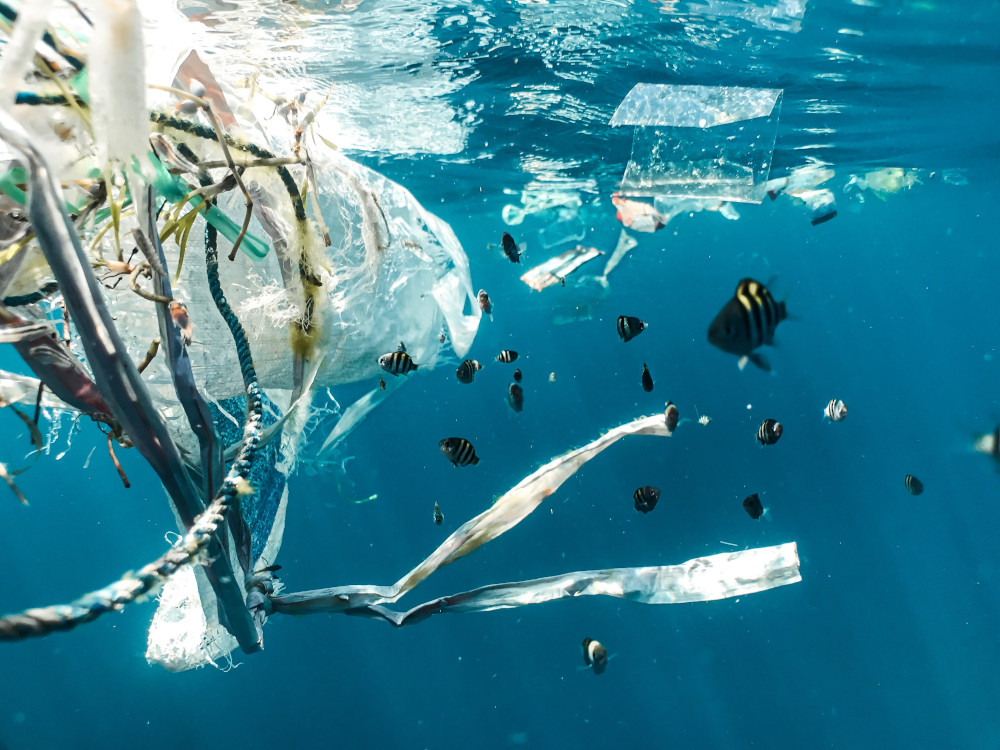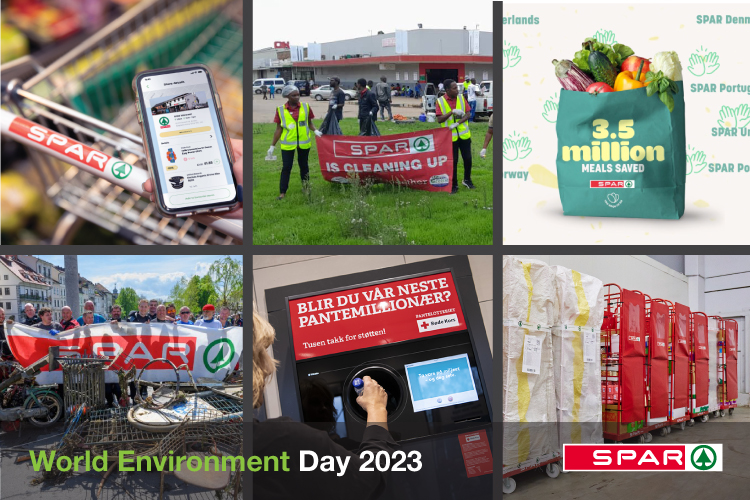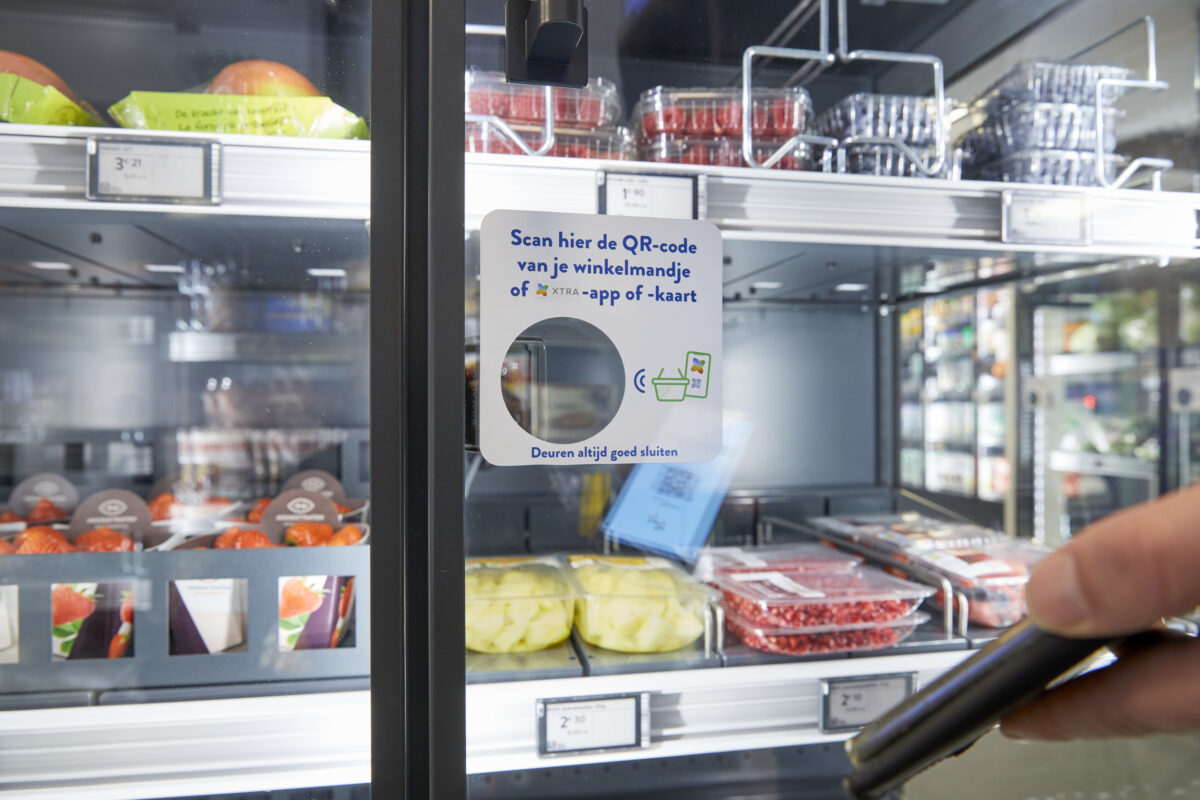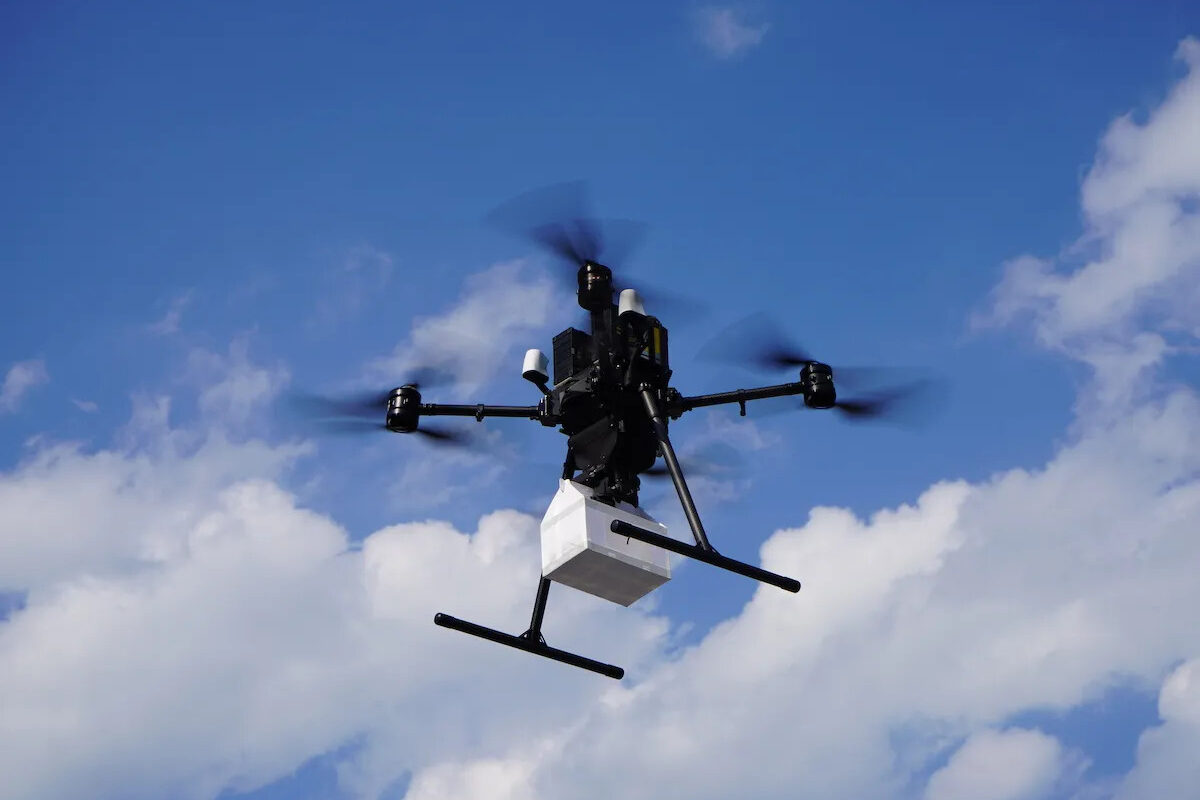Researchers from Imperial College London say, new sensors could help detect spoilage and reduce food waste for supermarkets and consumers. One in three UK consumers throw away food solely because it reaches the use-by date, but sixty per cent (4.2million tonnes) of the £12.5 billion-worth of food we throw away each year is safe to eat.
The laboratory prototype sensors cost two US cents each to make. Known as ‘paper-based electrical gas sensors’ (PEGS), they detect spoilage gases like ammonia and trimethylamine in meat and fish products.
The sensor data can be read by smartphones, so that people can hold their smartphone up to the packaging to see whether the food is safe to eat.
The researchers who developed PEGS, based at Imperial College London, made the sensors by printing carbon electrodes onto readily available cellulose paper. The sensors are combined with ‘near field communication (NFC)’ tags – a series of microchips that can be read by nearby mobile devices.
During laboratory testing on packaged fish and chicken, PEGS picked up trace amounts of spoilage gases quickly and more accurately than existing sensors, at a fraction of their price.
The researchers say the sensors could also eventually replace the ‘use-by’ date – a less reliable indicator of freshness and edibility. Lower costs for retailers may also eventually lower the cost of food for consumers.
PEGS are the first ever commercially-viable food freshness sensors. Lead author Dr Firat Güder, of Imperial’s Department of Bioengineering, said: “Citizens want to be confident that their food is safe to eat, and to avoid throwing food away unnecessarily because they aren’t able to judge its safety. These sensors are cheap enough that we hope supermarkets could use them within three years.”
Source: Imperial College London




